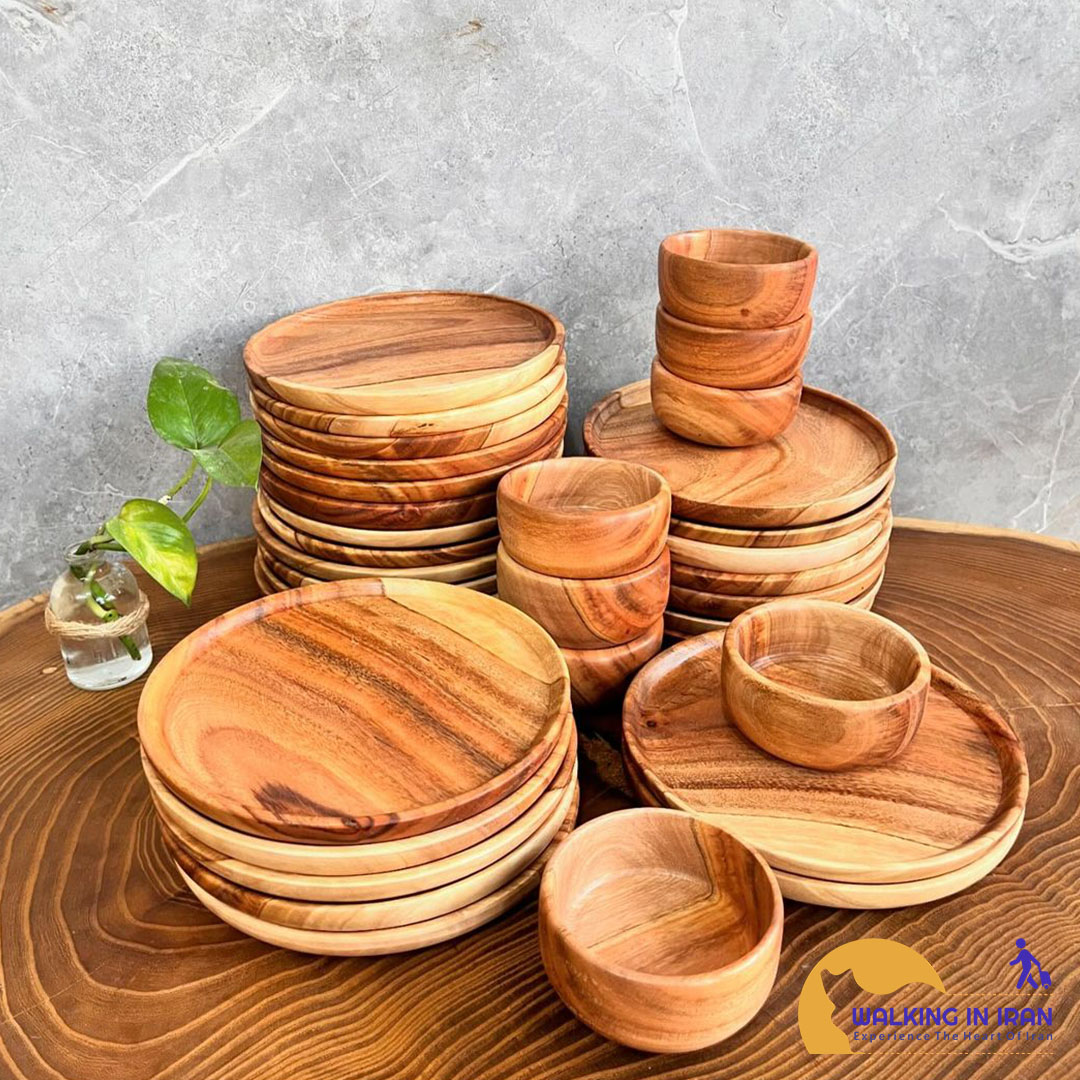The art of turning in Iran: an ancient and enduring art
Kharati is one of the original and ancient Iranian arts in which beautiful and practical wooden objects are created by turning wood on a turning machine and using special tools. This art is a combination of skill, creativity and patience, which has become one of the most valuable handicrafts of Iran over the years.
History of turning in Iran
The roots of turning in Iran go back to ancient times. At that time, wood was used to make tools, containers and decorative objects, and turning was considered as one of the methods of shaping wood. In the Islamic period, the art of turning reached its peak and it was used to make all kinds of exquisite and decorative objects.
Lathe tools
The tools used in turning include a turning machine, various holes and files. The turning machine rotates the wood to be carved at high speed, and the artist gives the desired shape to the wood using grooves and files.
All kinds of lathe products
Lathe products are very diverse and include small and decorative objects such as beads, buttons and pencil cases to larger objects such as dinnerware, lamp bases and statues.
Woods used in turning
Various woods such as walnut, oak, plantain, mulberry, etc. are used to make lathe products. Each of these woods has its own characteristics and is more suitable for making different products.
The importance of turning in Iran
- Preserving traditions: Kharati is one of the old Iranian traditions that is passed on to future generations.
- Creating employment: turning is a source of income for artists and craftsmen.
- Promotion of Iranian art: turning products are one of the symbols of Iranian art and culture and help to introduce Iran at the world level.


